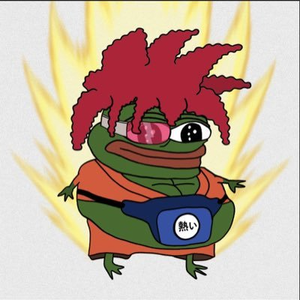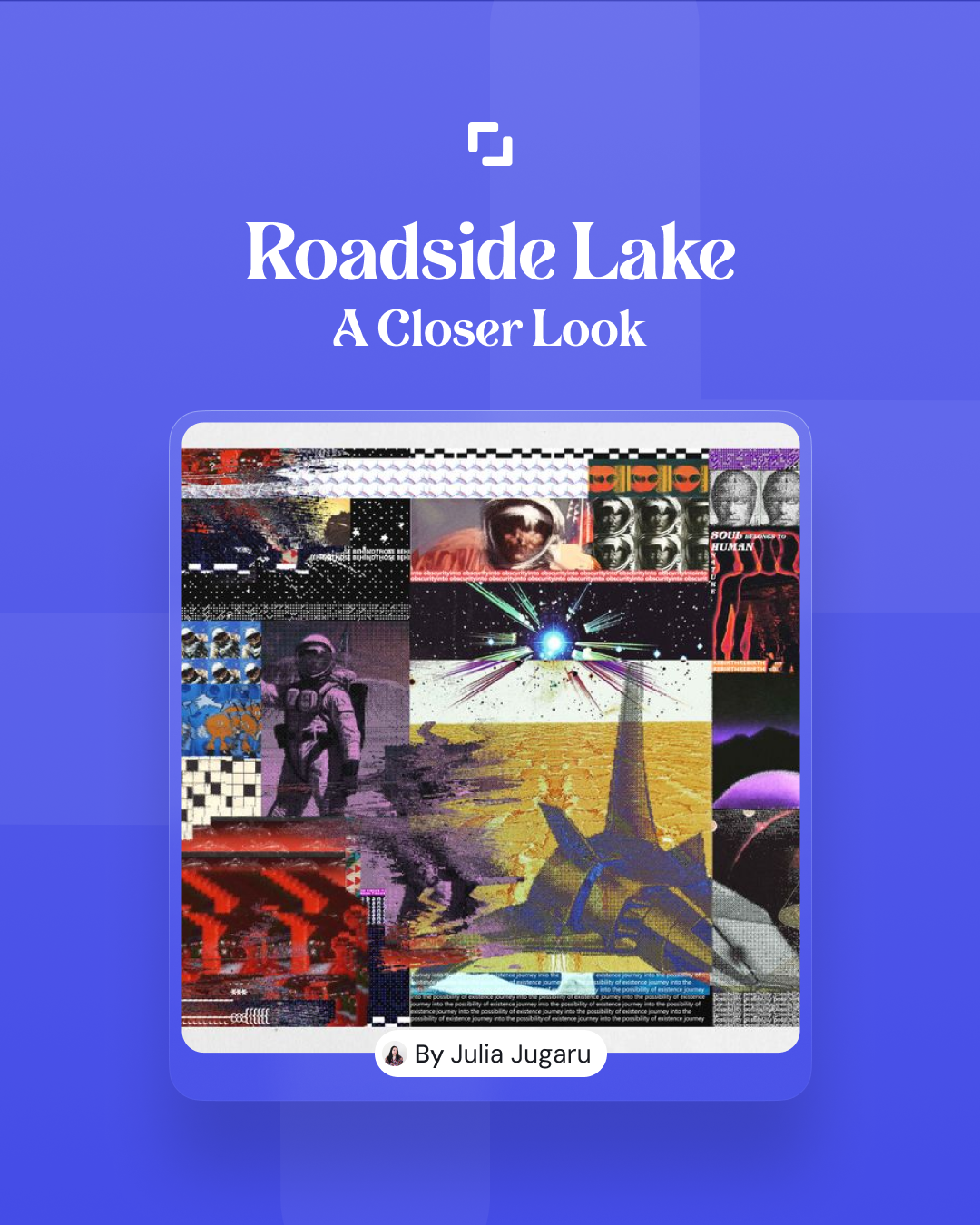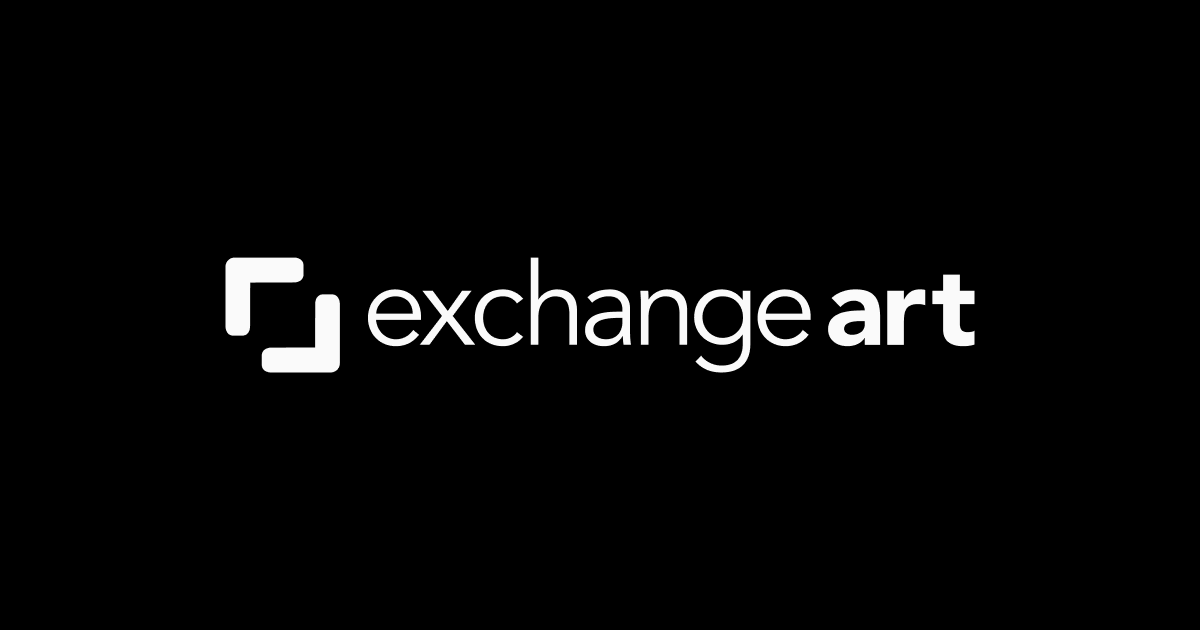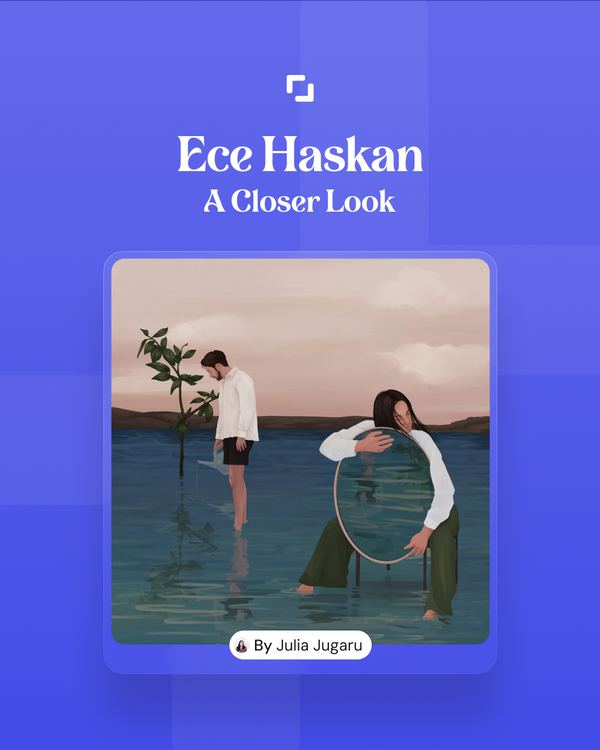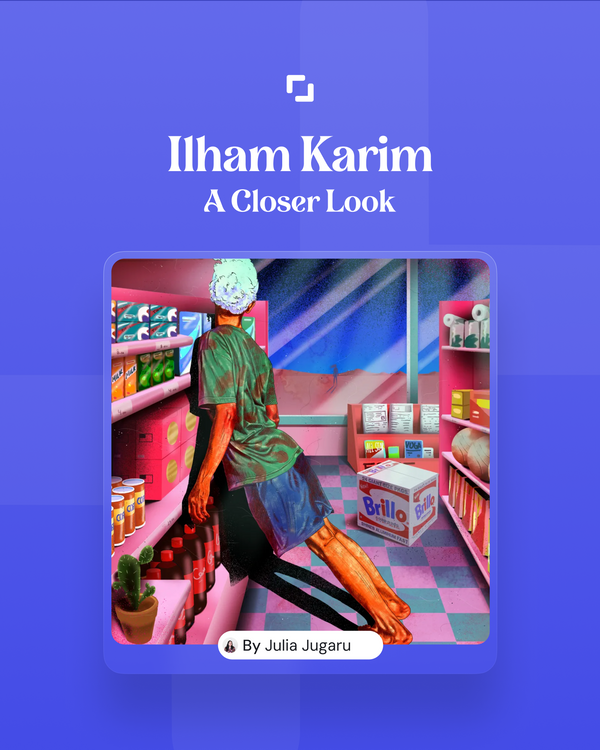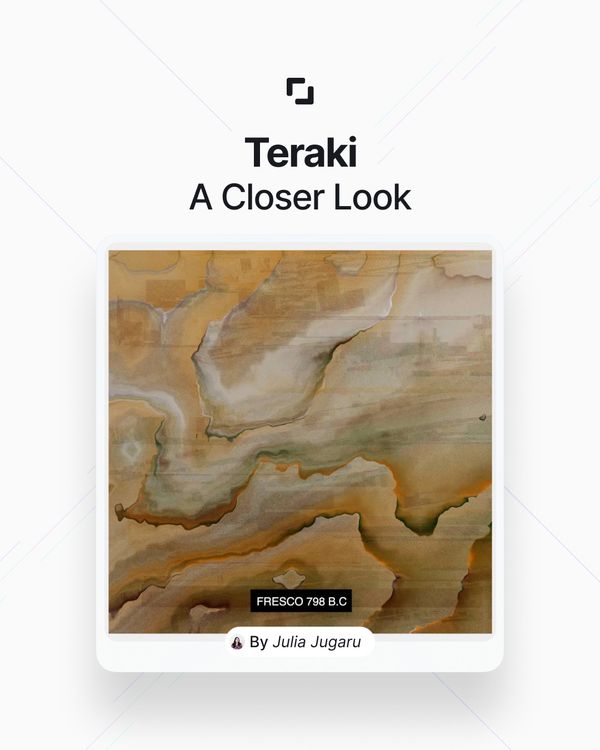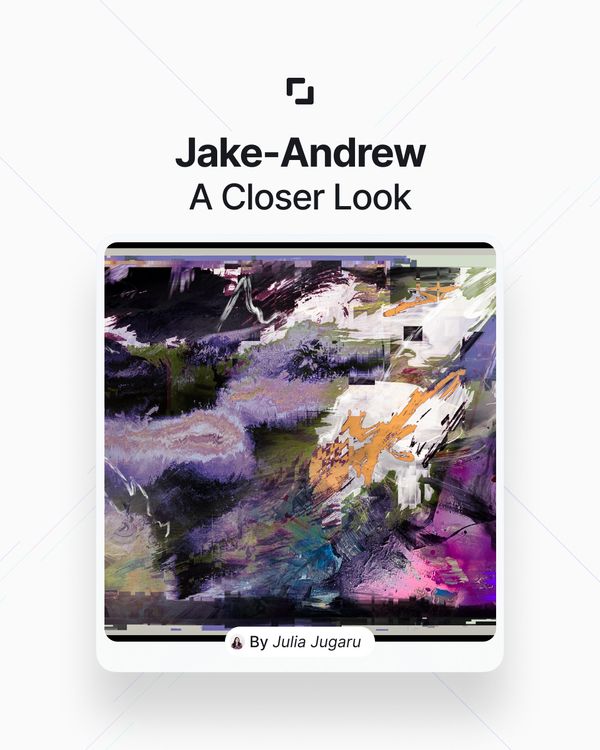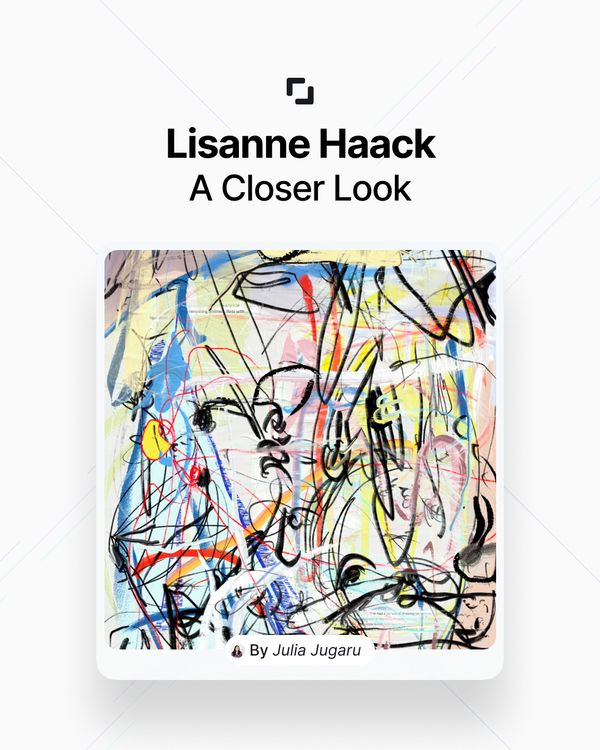Have you ever wondered what goes on in the mind of an artist? How do they transform abstract ideas into tangible works of art that captivate our senses and emotions? In a recent interview, we had the privilege of delving into the creative process of a Roadside Lake, a talented artist who has been pushing the boundaries of imagination and storytelling through his work.
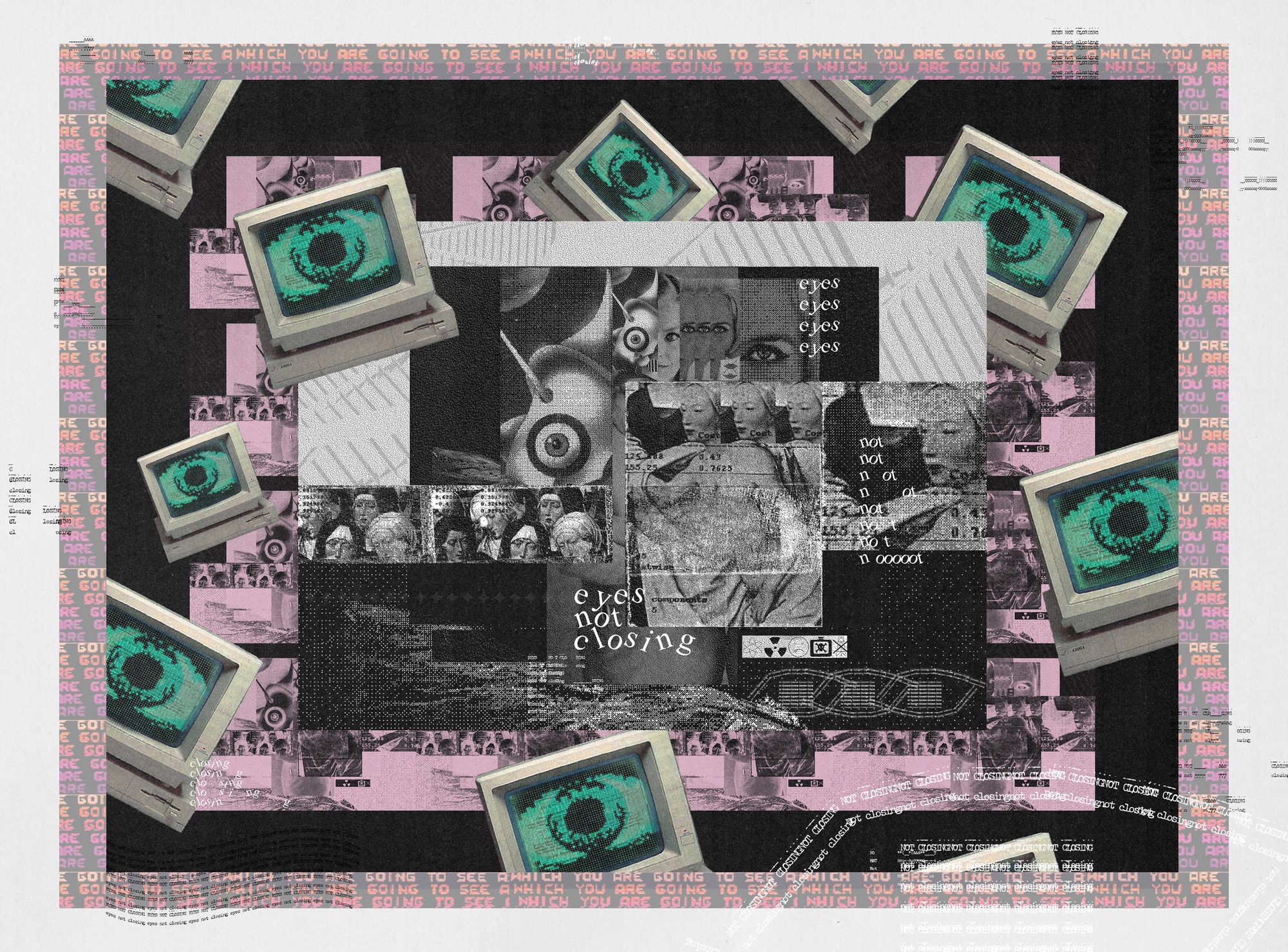
the beginnings
Q: What initially drew you to your chosen medium or art form, and what keeps you engaged and inspired to continue creating?
First: artists and arts.
I like the warmth of the people in the Solana environment, their friendly approach. Their collectors are really valuable, I love them all very much.
What pushed me to create was seeing the interest in my art. I felt that this interest was genuine interest. Solana is really like that.
the inspiration
Q: Can you describe your creative process? How do you generate ideas, and how do you bring them to life in your work?
It usually starts with a science fiction, fantasy or surreal perspective, then continues by doing some research, focusing on a topic and developing it.
For example, in the Blending Experiments series, I focused on colors, visuals and sounds that affect people. In other words, phenomena such as subconscious messages, subliminal messages.
In my next series, I will always tell something, I always approach narratively.
When I start the production process, sometimes I start only physically, sometimes only digitally. I later give digital touches to many of the works I start physically.
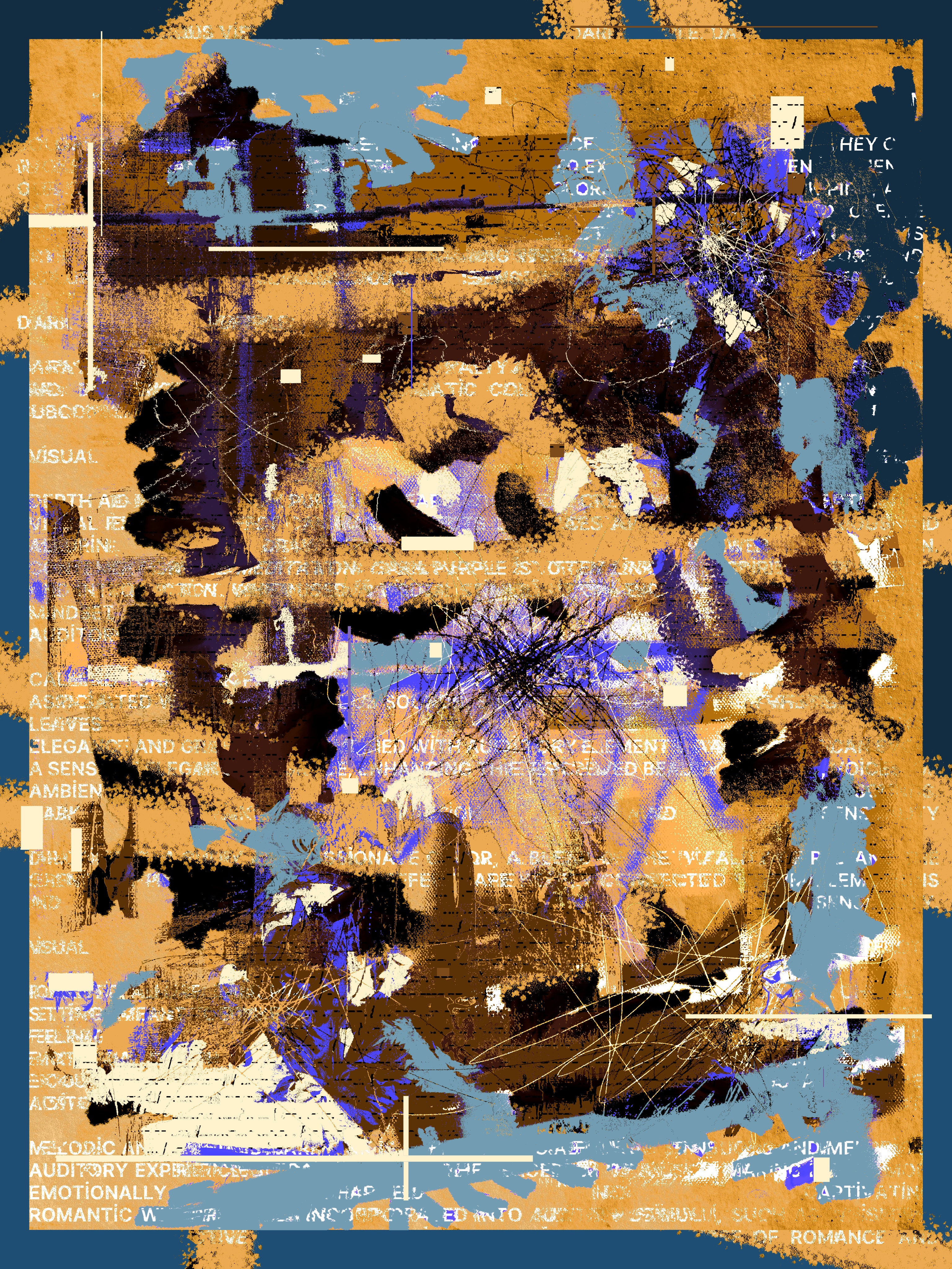
Q: Many artists have a particular theme or message that they explore through their art. What central themes or ideas do you find yourself consistently drawn to, and why?
As I said above, one of the reasons why I focus on science fiction, fantasy, surreal and narrative subjects is because I like to research and read these subjects a lot.
Dread by Roadside lake
finding middle ground
Q: How do you navigate the balance between staying true to your artistic vision and meeting the expectations or demands of the audience or art market?
In order to manage this balance, I first look at how much my own art has developed, at what point I am at, what I have done, what success I have achieved, then I communicate with the collectors who create value in the fields and subjects I produce and tell them about my art.
Q: Artistic expression can be deeply personal and introspective. How do you handle vulnerability and emotional exposure in your work, and how does it affect you as an artist?
In fact, this vulnerability and emotionality benefits my art, because when I am under the influence of these emotions, I can focus on my art. Because this has been my life.
6x3+ by Roadside Lake
Q: Are there any artists or art movements that have had a significant influence on your style or approach? How have they inspired and shaped your artistic journey?
I can't list a specific artist or artists, but there are too many. I must say, with details such as collage, abstract and typewriter, I can reveal everything using mixed media. Often experimental, sometimes focusing on an idea.
My inspirations always come from seeing, reading and listening.
Q: In the creative process, artists often encounter challenges or roadblocks. Can you share a specific instance where you faced a significant obstacle, and how did you overcome it?
When I encounter a significant obstacle, I usually take a rest and take a break. But even in the meantime, I still generate ideas and never stop taking notes.
Because obstacles are always temporary.
Q: Collaboration can be a powerful force in art. Have you ever collaborated with other artists or professionals from different disciplines? If so, what was the experience like, and how did it impact your work?
Yes, about 1 year ago, I collaborated with more than 30 artists in 2 months. This has really had a huge impact on my art, each artist I have collaborated with has given me so many different perspectives.
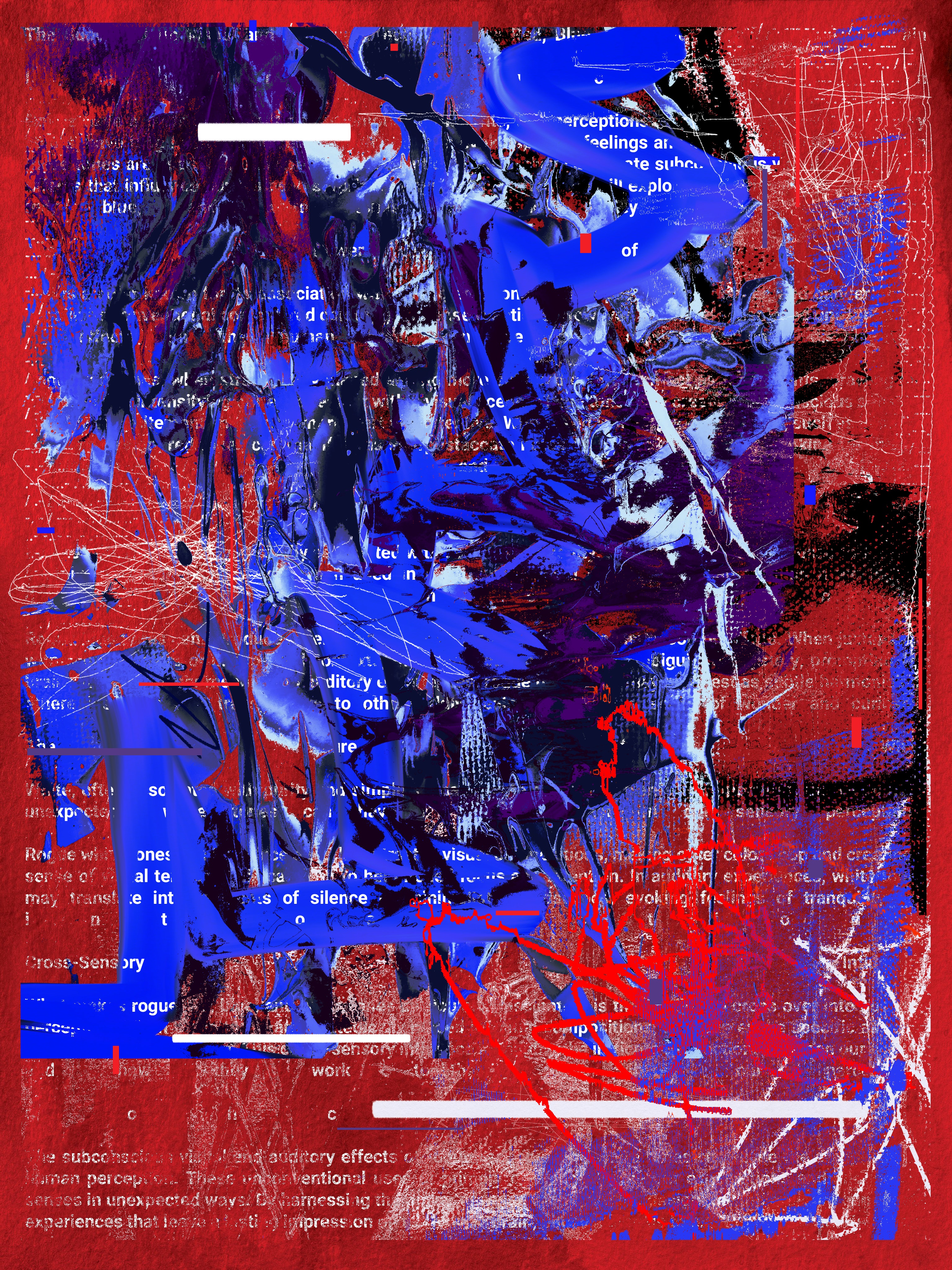
the experience with Exchange Art
Q: Could you describe how your involvement with Exchange Art, has impacted your life as an artist?
Joining Exchange Art has always allowed me to maintain my motivation to create, even in the current challenging NFT and market conditions, because many artists here still continue to create no matter what.
Seeing, continuing, not giving up, getting to know more artists and collectors influenced these.
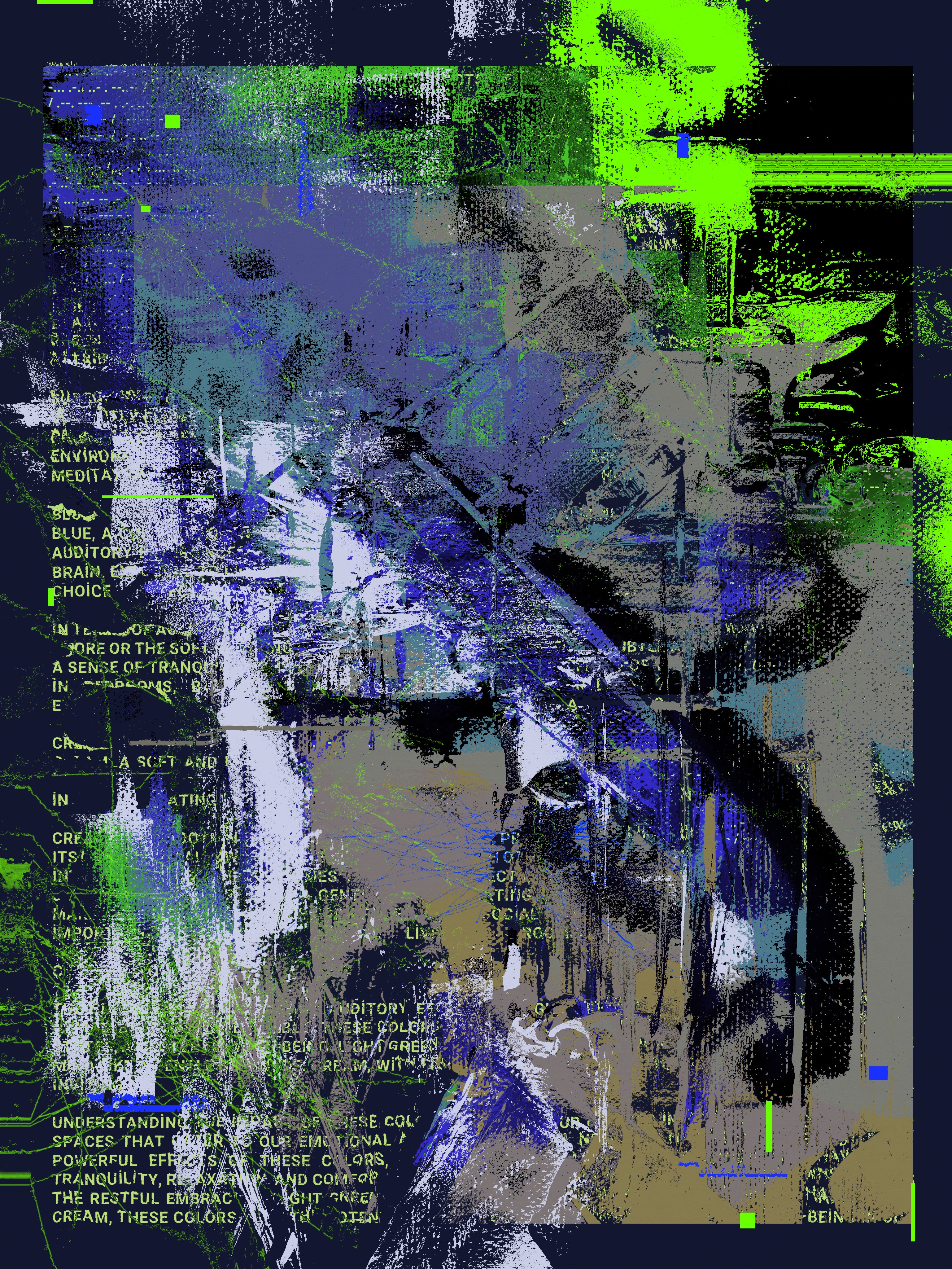
thoughts to the future
Q: Looking ahead, what are your aspirations and goals as an artist? How do you envision your artistic practice evolving in the future?
My future journey as an artist includes new projects, publishing an art book, organizing exhibitions, getting more education in the field of art, and always taking my art and myself one step further.
My artistic practice will always move to a different dimension as I see and try more things, I'm sure of that.
But this frequency and balance will always be maintained.
Find more artworks here :


